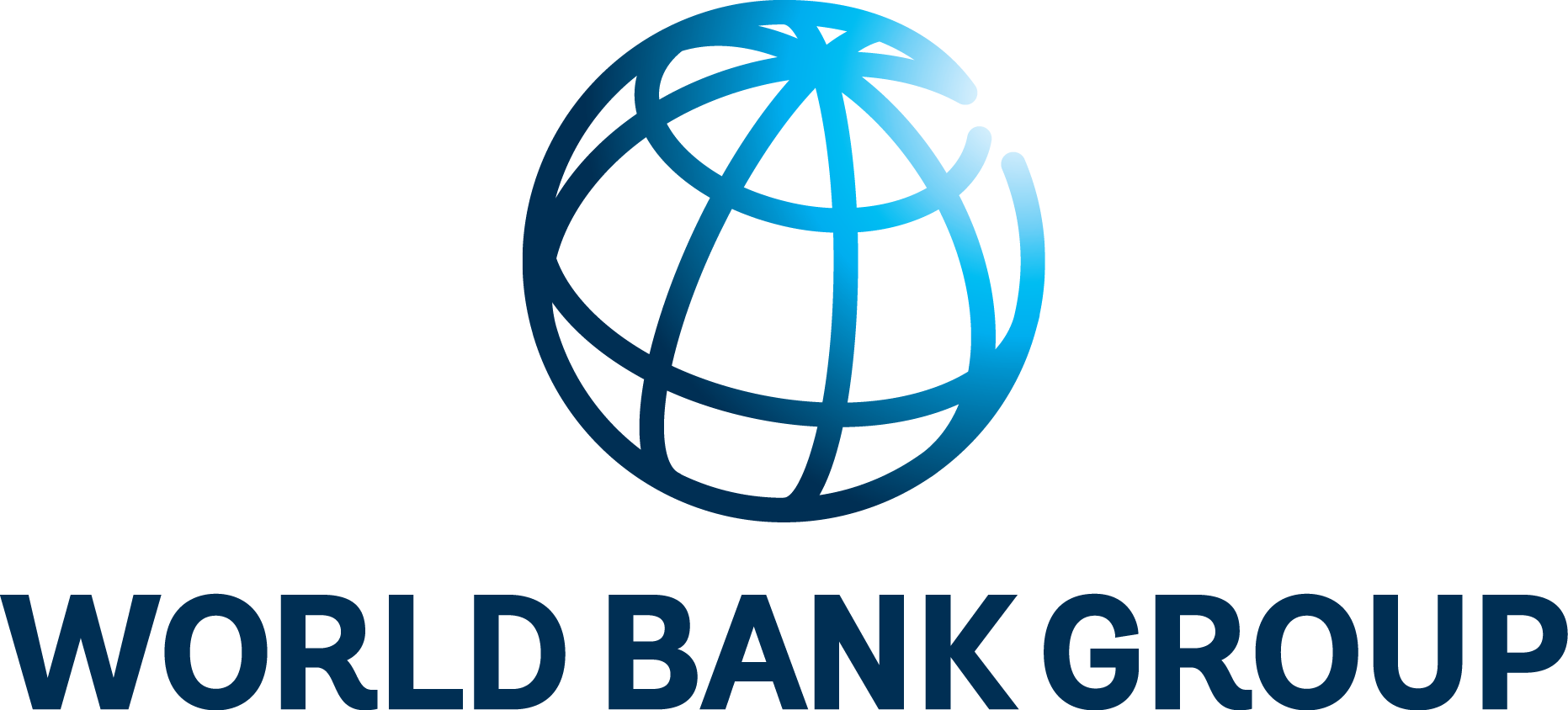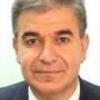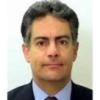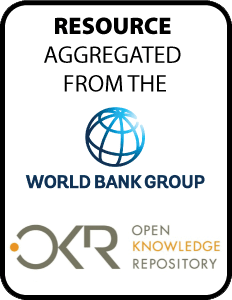The World Bank is a vital source of financial and technical assistance to developing countries around the world. We are not a bank in the ordinary sense but a unique partnership to reduce poverty and support development. The World Bank Group has two ambitious goals: End extreme poverty within a generation and boost shared prosperity.
- To end extreme poverty, the Bank's goal is to decrease the percentage of people living on less than $1.25 a day to no more than 3% by 2030.
- To promote shared prosperity, the goal is to promote income growth of the bottom 40% of the population in each country.
The World Bank Group comprises five institutions managed by their member countries.
The World Bank Group and Land: Working to protect the rights of existing land users and to help secure benefits for smallholder farmers
The World Bank (IBRD and IDA) interacts primarily with governments to increase agricultural productivity, strengthen land tenure policies and improve land governance. More than 90% of the World Bank’s agriculture portfolio focuses on the productivity and access to markets by small holder farmers. Ten percent of our projects focus on the governance of land tenure.
Similarly, investments by the International Finance Corporation (IFC), the World Bank Group’s private sector arm, including those in larger scale enterprises, overwhelmingly support smallholder farmers through improved access to finance, inputs and markets, and as direct suppliers. IFC invests in environmentally and socially sustainable private enterprises in all parts of the value chain (inputs such as irrigation and fertilizers, primary production, processing, transport and storage, traders, and risk management facilities including weather/crop insurance, warehouse financing, etc
For more information, visit the World Bank Group and land and food security (https://www.worldbank.org/en/topic/agriculture/brief/land-and-food-security1
Resources
Displaying 4431 - 4435 of 4907Eco2 Cities : Ecological Cities as Economic Cities
This book provides an overview of the
World Bank's Eco2 cities : ecological cities as
economic cities initiative. The objective of the Eco2 cities
initiative is to help cities in developing countries achieve
a greater degree of ecological and economic sustainability.
The book is divided into three parts. Part one describes the
Eco2 cities initiative framework. It describes the approach,
beginning with the background and rationale. Key challenges
Towards a Vision for Agricultural Innovation in Chile in 2030
This paper aims to develop a vision
statement for the agricultural sector that may then guide
the future investments in Chile's agricultural
innovation system, A joint and shared perspective on how the
sector might look and what role agricultural innovation
should play in getting there is a prerequisite for any
effective strategy. But developing such a vision is not only
a function of what the country wants: it also depends on the
Overview of the Current Situation on Brownfield Remediation and Redevelopment in China
The purpose of this report is to provide
an overview of the current situation of brownfield
management in China for World Bank staff and relevant
government officials in order to help raise awareness of
land contamination and help develop remediation activities.
After the introductory section, section two explores the
environmental and development pressures of land. Section
three reviews government plans, targets and actions. Section
Accessing Economic and Political Impacts of Hydrological Variability on Treaties : Case Studies on the Zambezi and Mekong Basins
International river basins will likely
face higher hydrologic variability due to climate change.
Increased floods and droughts would have economic and
political consequences. Riparians of transboundary basins
governed by water treaties could experience non-compliance
and inter-state tensions if flow falls below levels presumed
in a treaty. Flow information is essential to cope with
these challenges through water storage, allocation, and use.
What Did the Maoists Ever Do for Us? Education and Marriage of Women Exposed to Civil Conflict in Nepal
Between 1996 and 2006, Nepal experienced
violent civil conflict as a consequence of a Maoist
insurgency, which many argue also brought about an increase
in female empowerment. This paper exploits within and
between-district variation in the intensity of violence to
estimate the impact of conflict intensity on two key areas
of the life of women in Nepal, namely education and
marriage. Overall conflict intensity had a small, positive






